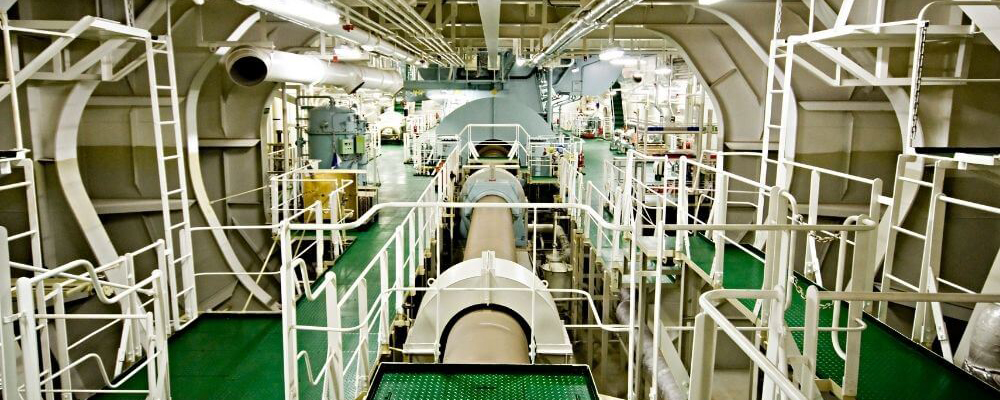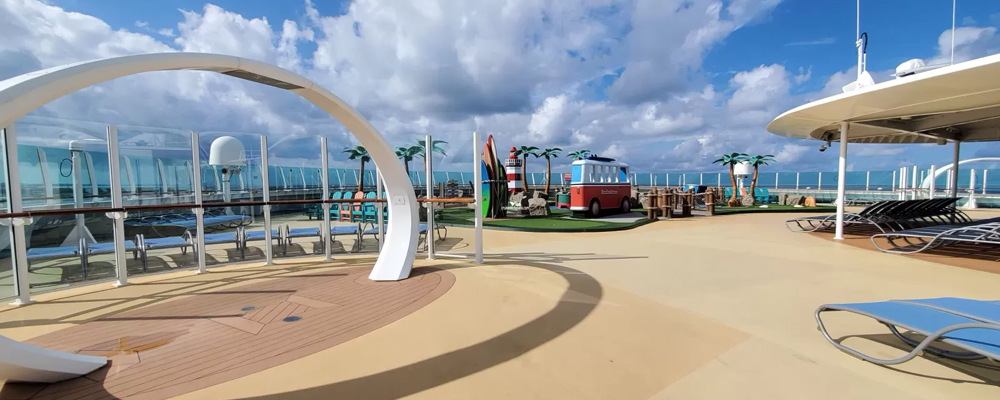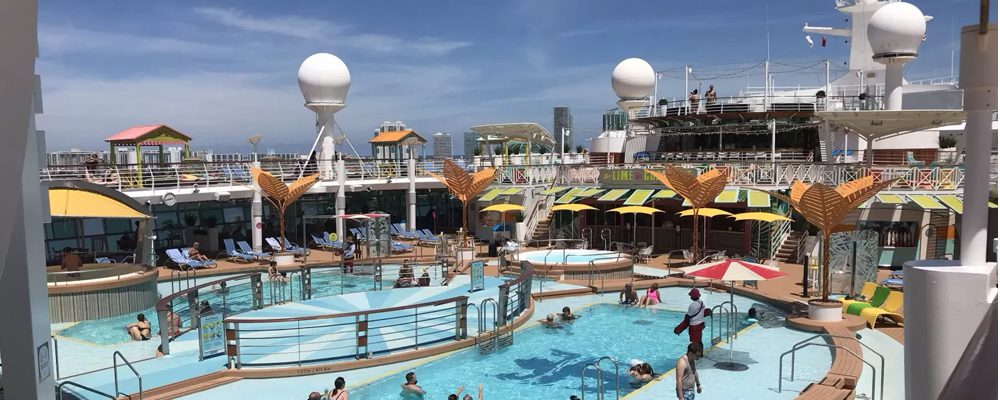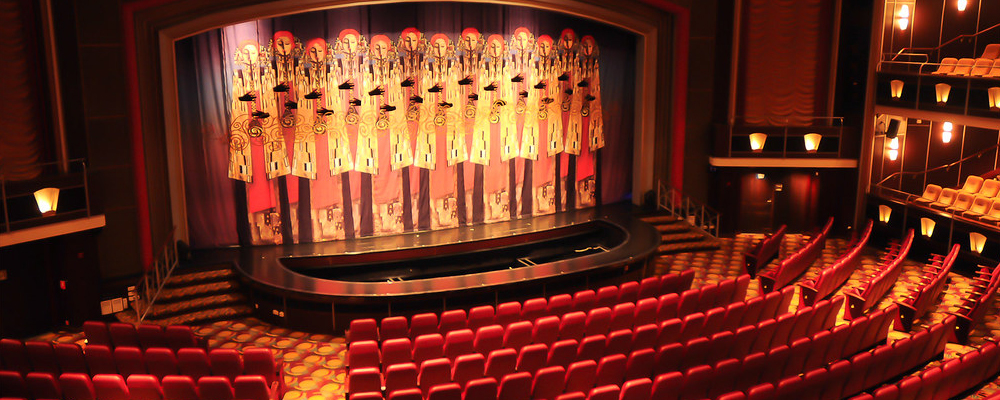GM Confidence: 3.75/5. I think the session went reasonably well, on its own merits, despite a few “normal” missteps. But “external” factors left a sour taste that had me pull the plug on the whole campaign afterward (temporarily, as it turns out). As a result, though, it’s taken a long time to get around to this review. I’ll include a bit about what happened after, and what happens next.
The Session
What Went (Mostly) Right
I started with an in media res, big combat, as is typical for me. It serves a purpose: gets the players (and GM) acclimated to their characters and abilities, and reminds them of things they might’ve missed. I expected it to take most of the session; it did. Despite some setbacks and mistakes, it actually went relatively smoothly, and unfolded more-or-less as expected.
I’m happy with how the “presentational” aspects worked out. The newsreader segment will be an ongoing feature, an opportunity to deliver some background exposition that doesn’t usually come up naturally in-game (exception: Generica—it’s much like the “town herald” in that campaign). I made full use of Fantasy Grounds’ lighting and other map features; I re-familiarized myself with all of that beforehand. I’m happy with how the graphics turned out, and I’m looking forward to getting to unveil more of that as we go. I enjoyed the players’ reactions to the Byers reveal—more of that coming in the future.
What Went (Nearly) Wrong
It’s always easier to focus on the negatives. To be fair, in this case, it’s mostly nitpicking and minor “shoulda-dones.” Among them:
- The map really was too big, but that was a calculated-risk.
- I intended to establish the PCs’ combat objectives before the fight kicked off; that didn’t happen. It would have helped clear some confusion and focus PCs’ actions.
- The starting positions and setup was a little muddy, worsened by Vincent’s “late arrival.” I should have gotten specific individual intentions first (see previous), established the timing, then executed. Also, I needed a distance-based Stealth result (that is, margin of success/failure determines the encounter distance).
- I should have realized I needed motorcycle tokens.
- I missed that some PCs had Dark Vision, night-vision optics, and Detect (Evil Creatures) in my character review, so I wasn’t prepared for those elements. This cost me some time sorting it out.
- Kolchak’s “hang back and observe/support” approach was probably a legitimate play of that character, but it meant that I had a higher Bad Guy-to-active-PC ratio than I expected/intended, which caused the fight to take longer. Honestly, I should have anticipated this.
- I should have realized there was going to be “vaulting of the chainlink fence” and prepared for success/failure on that.
- I should have realized I needed lorry stats (also dimensions, but that’s a bit more excusable).
- I was not prepared for someone “stabbing a katana through the lorry door/window” or potentially “riding along”—that’s just a “GMing Incident.” Side note: The rear doors of the lorries should have been open, which would likely have changed Robert’s approach in the first place—oops.
- I should have familiarized myself with the new “damage handling” feature in the Fantasy Grounds ruleset beforehand; I lost a little time getting acquainted.
- I should have given some thought to potential head/limb-severing issues, knowing that many of the PCs are sword-focused. In retrospect, “Unwelcome Attention,” MH2:8, covers this.
- I took a bit too much time scrambling to explain/justify the lack of a Judo skill-based damage bonus (in the Basic rules anyway).
- There should have been a “squeezing” issue when swinging swords in the cramped (1 yd) space between the vehicles. I already know/knew how to handle it (from Underground Adventures; counts as Close Combat), it just didn’t occur to me until afterward.
- The Big One: I mis-clicked and “deleted all” tokens—that was stupid. Ultimately, there’s no way to prepare for that sort of thing. “GMing Incident.” Fortunately, with some additions to the ruleset to automatically handle the condition counters, that is far less likely to happen in the future.
- The Next Big One: The early departure of Kolchak’s player, who is (was) the party’s primary investigator, caused me to wrap up early and not do the post-fight investigation segment, which in turn, meant that I did not know what the party intended to do next, which in turn, meant that I had no way to properly prep the next session. I didn’t realize until afterward how I had painted myself into a corner with that.
- Issues with individual PC character-builds caused delays/problems, but that will be covered later.
- I gave some PCs Bad Luck for various reasons, but I keep “waiting for the right moment” to execute, and I never see it until it’s too late.
Miscellaneous
- I decided I would “take more breaks,” specifically when I know something is going to take time to set up. It didn’t go unnoticed.
- Byers taking off in the truck wasn’t part of the original plan—that was improvised—but it probably should have been. It wasn’t the reveal I wanted, but maybe I’ll get that in Round 2.
- I did get a little use out of Fantastic Dungeon Grappling in this one—one “grab”—but we’ll definitely see more of it later.
- I was paying special attention to the potential for collateral damage from stray bullet fire, especially from Mr. Spray-and-Pray, with all the “noncombatants” present. I actually had the “Occupants Hit” rules on standby. The PCs managed to keep their guns pointed in a generally enemy-ward orientation, this time.
The Aftermath
Death
While the session, itself, had gone reasonably well, behind-the-scenes, I felt like the campaign was unraveling. I touched on the pregame issues in the Campaign Introduction preceding this article. I’ll just summarize: there were problems brewing before we started. My conclusion in hindsight: it boils down to “poor communication,” “issues stemming from poor communication,” and “investment imbalance.”
So, basically, the same thing that happened to The Debt, despite my engineering to avoid exactly that.
Issues Stemming from Poor Communication
I have a saying that goes something like “In a failure of communication, both parties are always to blame.” Among other things, one purpose of “Session Zero” is to clearly communicate the GM’s needs and expectations to the players. I figured a (virtual) face-to-face was the most-effective way to ensure everyone’s attention. Yet the players still found their own ways to miss, misunderstand, and/or ignore key elements. Based on the results, I (we) apparently failed to do that. I’m still not certain of a possible remedy. Some failure examples:
- My expressed intention was for players to collaborate regarding their characters. This did not occur. Combined with my (intentional) non-involvement, the PC builds and group dynamic suffered for it.
- Using Bad Luck as a deterrent to “inattention” did nothing, but enforcing that rule made me feel terrible—it wasn’t meant to actually get used.
- Of the three characters using firearms, only one of them bothered to use the spreadsheet painstakingly created, and specifically pointed out for their use, including a tutorial video, to avoid them tallying up all the mods “the hard way” during combat.
- There were multiple instances of “selective hearing” regarding rulings about how things would work, or important background elements, or things I wanted players to prepare for, that had been specifically called out before the game and/or agreed to.
- There were instances of players saying “if X is the case” when I specifically pointed out that “X is the case” during Session Zero.
Investment Imbalance
For the record: I take my GMing “Art/Craft” pretty seriously. I give 100% effort, because it’s who I am. I have no “stun setting.” It can be exhausting. I also recognize that many/most of my players don’t care how much effort I’ve put into it—not consciously. They just show up to hang out, goof off, have some fun, then pick up where we left off next week. They can take it or leave it. They’re not here to work. They’re not here to get yelled at or punished. I’ve had to learn over the last few decades (ugh!) how to live with that. There’s a balance that must be struck, which is inevitably upset every time the roster changes.
I’ve learned to ask as little as possible of the players outside the game-session itself. But if I’m giving 100%, and the players grumble and/or can’t be bothered about the 5% I do ask of them? I keep using the phrase “Return on Investment.” Is the toil and suffering I have to endure as GM worth it, when the players would be just as happy with a few half-assed bullet points and a lot of messy improvisation? Ultimately, after the pilot session, I found myself answering that question with a lamentable “No. I don’t think it is.”
Death-Rattle
After the session, I spent too much energy trying to find an acceptable path forward, to the point of having problems getting to sleep. To stop doing it “for the players,” but “for the audience,” eventually proved to be insufficient motivation. After a few weeks, I just couldn’t re-engage enough to find a way out of the “painted corner” the campaign had been left in by its abbreviated ending. Finally, I announced I had given up.
I did look into possible alternatives. I suggested Redacted 4—its predecessor being the last thing I managed to successfully run—the response was somewhat tepid. I then turned to the published adventure series for Nordlonð, which I’ve always wanted to do. I’ve not run a “module” like that before, and hoped the “hard part already having been done” might be enough.
Resurrection
I eventually put it to a vote, before I got dug in too deep on a new project. The players said they preferred Nightcrawlers over the alternatives, so I said I’d give it a few days to see if I could make it work. Mercifully, I finally found my “path forward.” I guess taking a break to work on other things did its job.
In short, the new plan involves cutting the table back to four players (now including FX’s “wizard” character)—maybe temporary; an upcoming “Re-Zero” session to clean up the mess; getting hands-on with the characters; and a non-do-over do-over of the pilot session, to get us back where we were supposed to have ended. This won’t eliminate the existing problems, or prevent the inevitable new ones, but it should help.
I really wanted this one to succeed, if only for all the work I put into it already (much like The Debt), besides its own merits, and I’m glad we’re moving forward with it now. Now if I can just ensure that my resolve holds…










